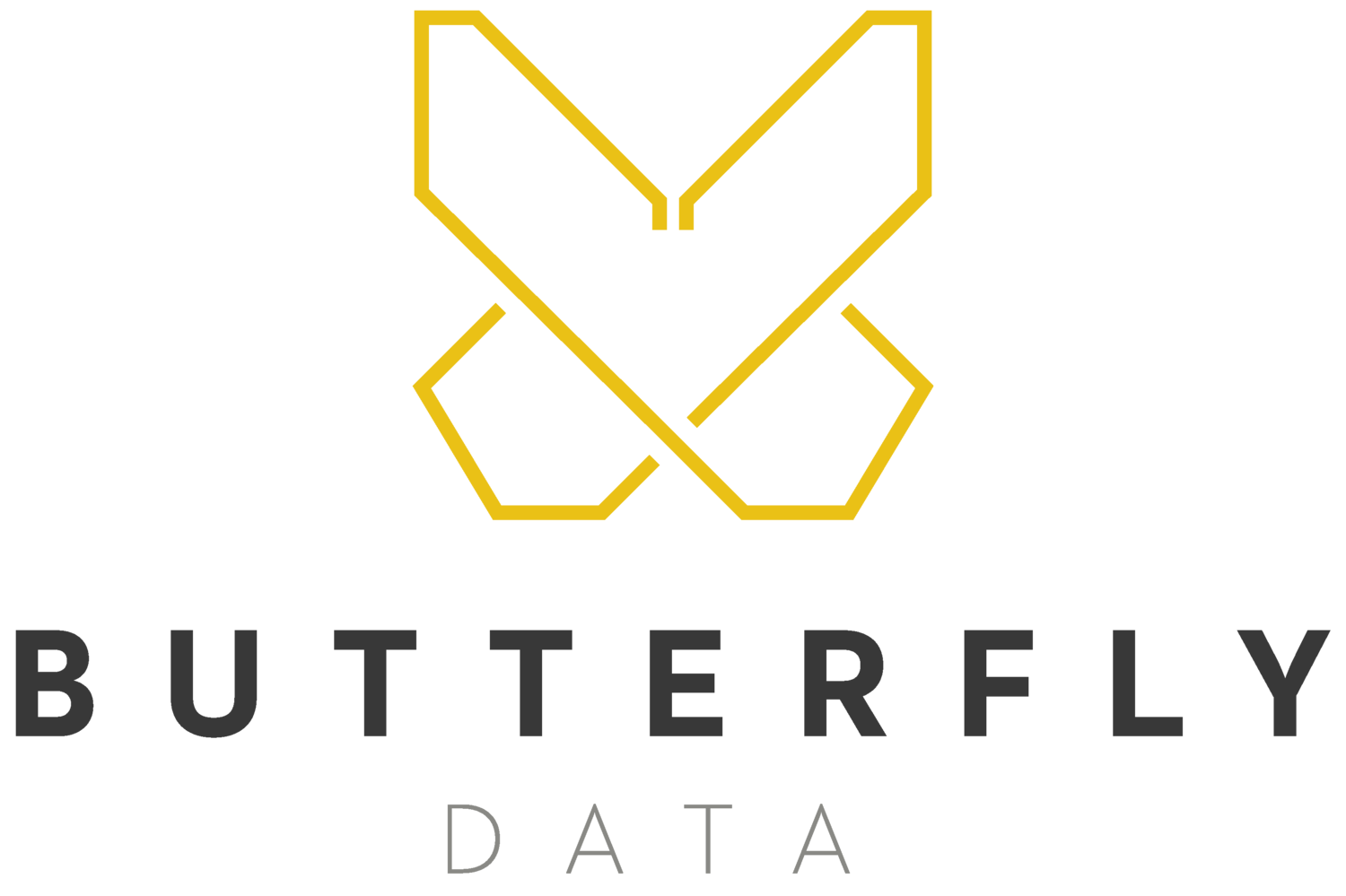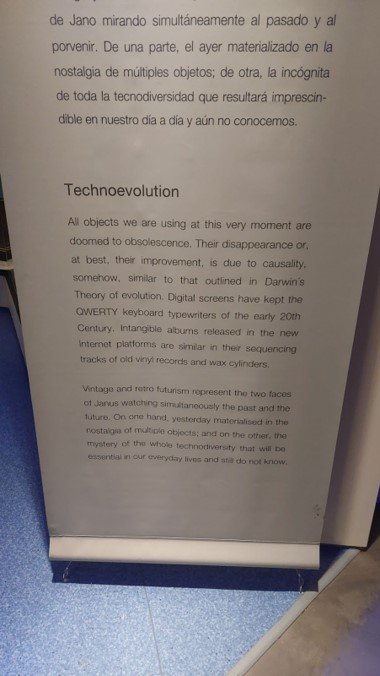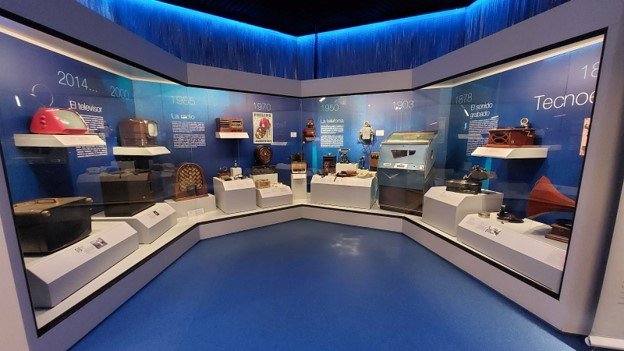Technoevolution
Last month while exploring Madrid I visited El Museo Nacional de Ciencia y Tecnología de España (MUNCYT) [National Museum of Science and Technology]. An exhibition on product development over the last 150 years caught my attention for a couple of reasons. The description read:
“All objects we are using, at this very moment, are doomed to obsolescence. Their disappearance, or at best their improvement, is due to causality, somehow, similar to that outlined in Darwin's Theory of Evolution. Digital screens have kept the QWERTY keyboard typewriters of the early 20th Century. Intangible albums released in the new Internet platforms are similar in their sequencing tracks of old vinyl records and wax cylinders.
Vintage and retro futurism represent the two faces of Janus watching simultaneously the past and the future. On one hand, yesterday materialised in the nostalgia of multiple objects; and on the other, the mystery of the whole technodiversity that will be essential in our everyday lives and still do not know.”
Firstly, I was surprised and intrigued by the juxtaposition of the style and content of the words when compared to the factual setting of the science museum which made them seem out of place. In contrast to other displays that concentrated on how things worked, this stood out; on reflection, I appreciated this alternate perspective on obsolescence and development. It is far too often new systems are conceived without a holistic view, including both the history of the system being replaced and consideration for the users that will interact with the system. Solutions often focus on what can be done rather than what should be done.
Secondly, the reality of “doomed to obsolescence”, while true, made uncomfortable reading for someone currently working to implement new technology solutions for clients. No matter how hard we try and future proof our solutions, replacement and obsolescence are inevitable. At best we can try to help the future replacement process; good documentation capturing both how things work and why decisions were made is probably the best way to support any inevitable replacement.



